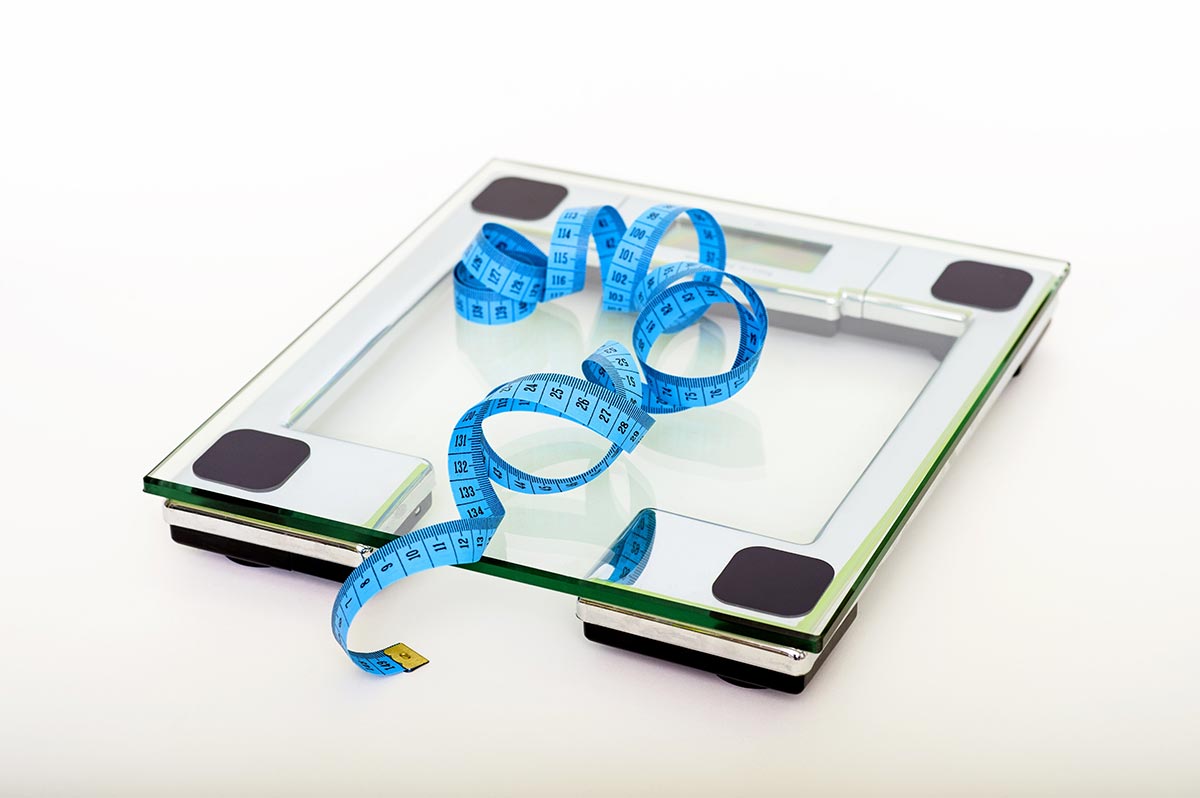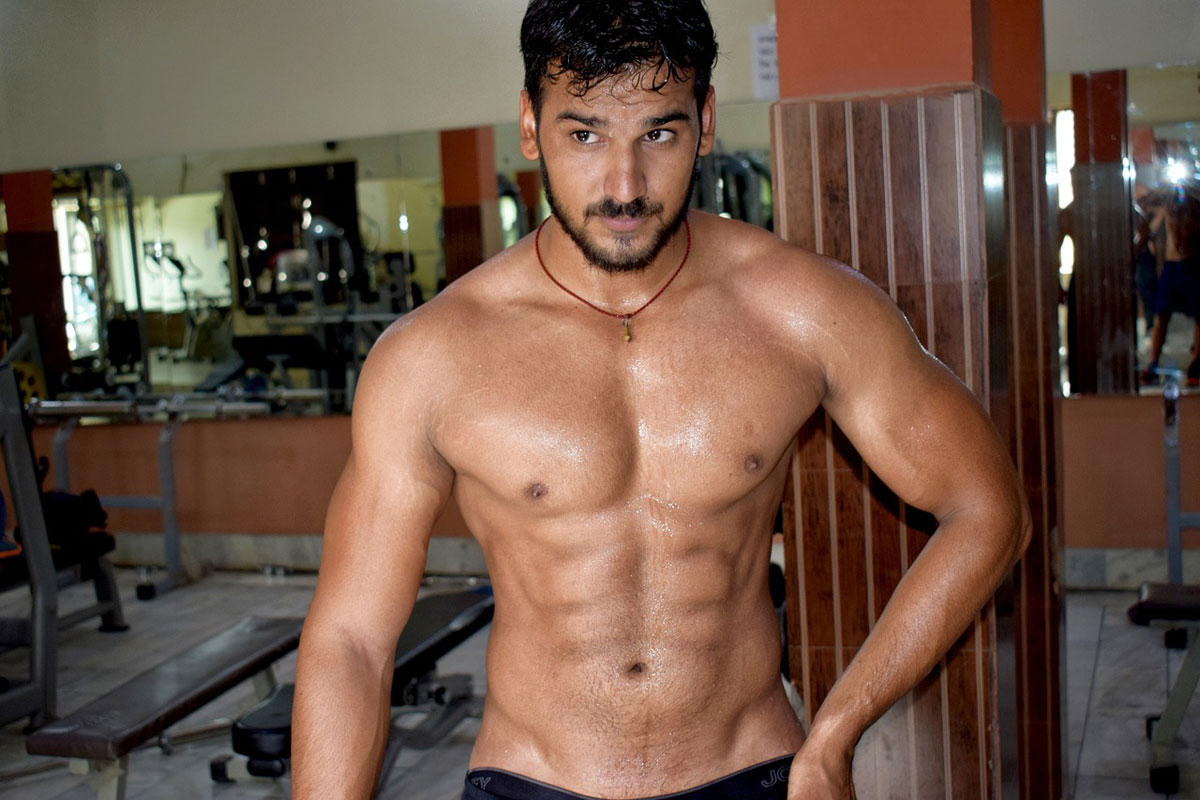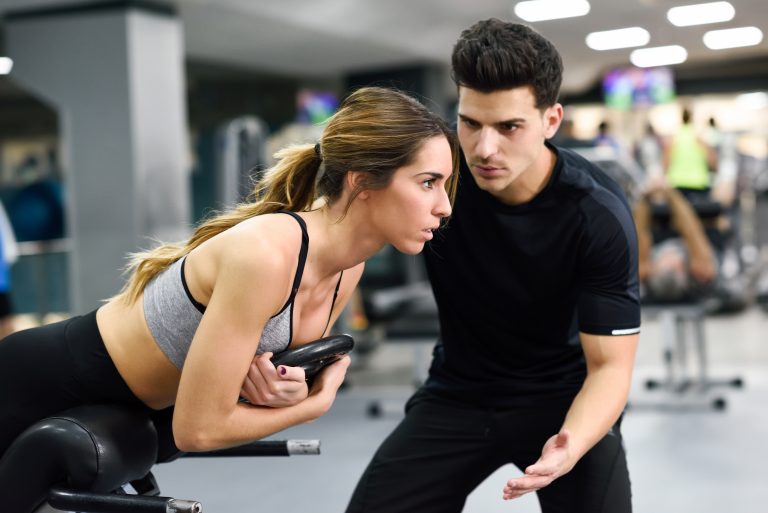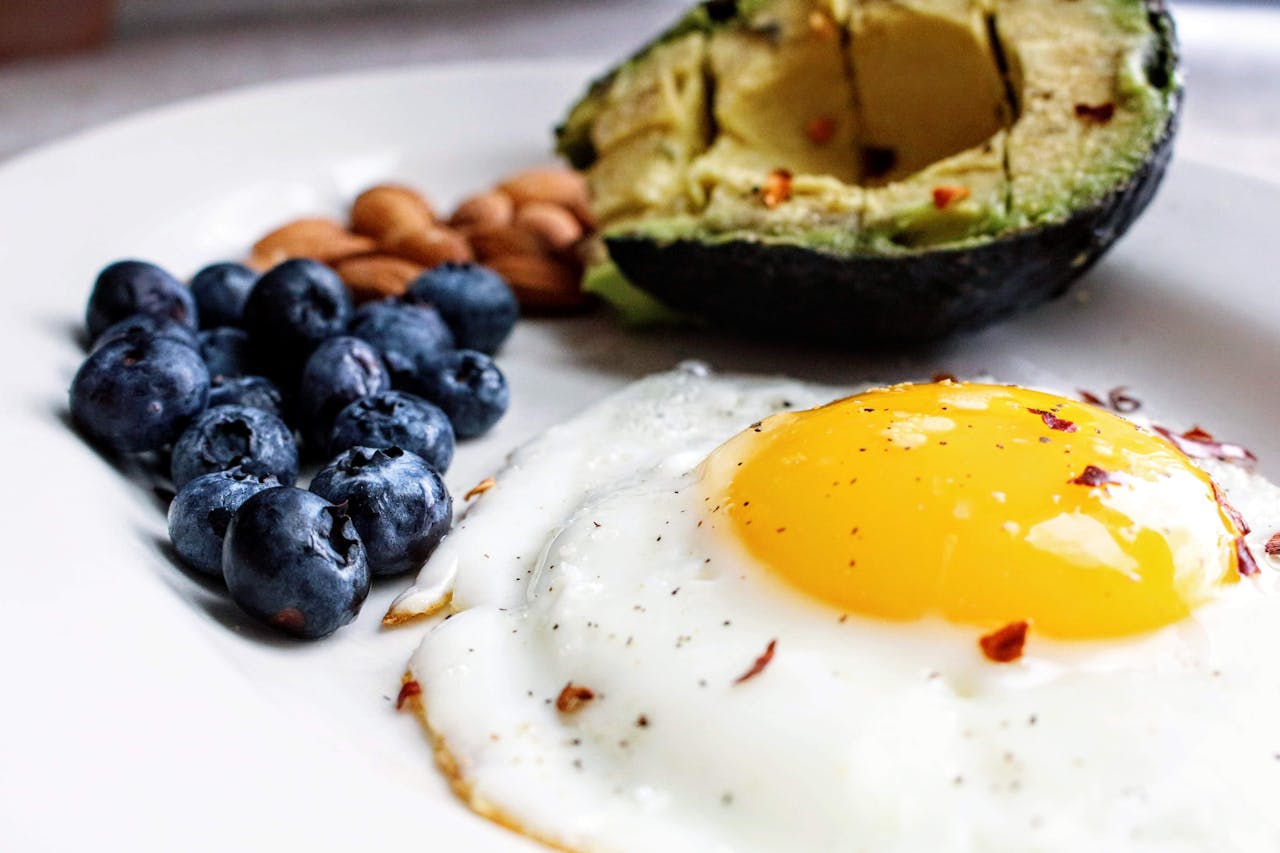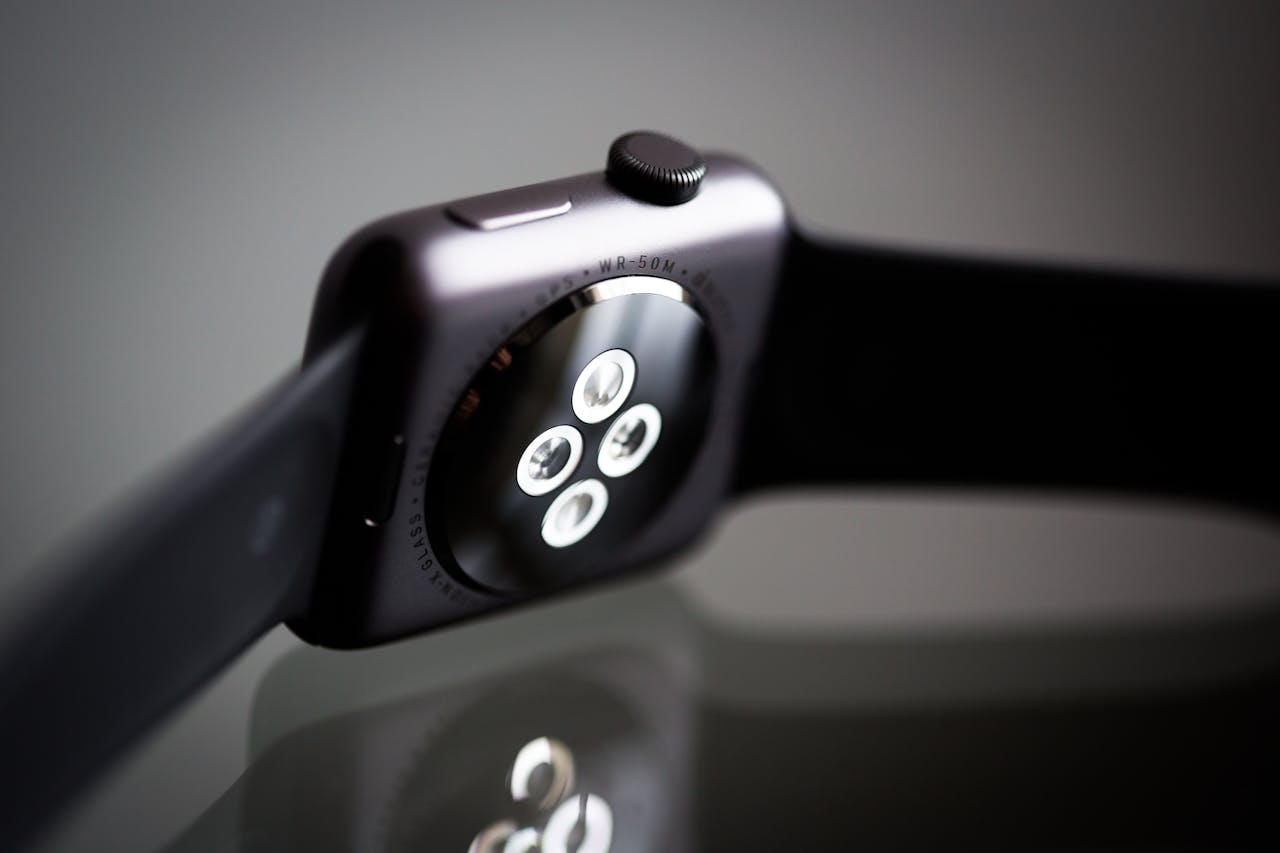Pinktober in North America: More Than a Color, a Comeback
In the United States and Canada, October paints city skylines pink, but the real story unfolds behind closed doors—on yoga mats, in physio clinics, and in quiet moments of movement that say: I’m still here. This article explores how North America’s breast cancer awareness month became a call to action—not just for donations and ribbons, but for renewed strength, mobility, and dignity through movement. From Pilates studios in Portland to community centers in Toronto, survivors are reclaiming their rhythm—one rep at a time.
🎗️ How It Started: The Peach Ribbon That Went Global
The story begins not with a marketing campaign, but with Charlotte Haley—a woman who in 1991 handed out peach-colored ribbons to protest the lack of government funding for breast cancer research. Her grassroots initiative caught the eye of Evelyn Lauder (Estée Lauder) and Alexandra Penney (Self Magazine), who modified the color to pink and launched what would become the iconic symbol of a global awareness movement.
The first major public debut of the pink ribbon came at the Race for the Cure in New York City, organized by the Susan G. Komen Foundation. Since then, Pinktober has evolved—sometimes diluted by corporate branding, but still rooted in community, care, and action.
The North American Shift: From Awareness to Empowerment
Canada’s approach to Pinktober emphasizes holistic recovery: nutrition programs, survivor training plans, and trauma-informed care. The Canadian Cancer Society supports active recovery through partnerships with physiotherapists and integrative oncology networks. In the US, national events like "Making Strides Against Breast Cancer" mobilize millions.
But the strongest impact often comes from local studios offering survivor yoga, reformer Pilates, and modified strength programs tailored to fatigue and surgical limitations. The shift is clear: movement isn't optional—it's essential.
Post-Treatment Bodies: Strong, Scarred, Sacred
After surgery, chemo, or radiation, many survivors describe feeling like strangers in their own skin. Loss of muscle tone, lymphedema, joint stiffness, and fear of injury are real barriers. But movement—done gently, consistently, and with professional guidance—helps rebuild not just the body, but also the sense of control.
This is where North America leads: oncology-informed fitness instructors, insurance-covered rehab programs, and survivor bootcamps that teach self-compassion through sweat. As one coach in Vancouver says: “We’re not training for a marathon—we’re training for life.”
Can You Exercise With Scars? Yes—If You Listen First
Scars—visible or not—carry physical and emotional weight. Fortunately, many North American programs now incorporate scar-aware movement practices. A promising approach includes gentle tape therapy like epiflow, used in coordination with physicians or physiotherapists. According to therapists, consistent use of epiflow on healed scars may improve blood flow and soften tissue, enhancing comfort during stretching and strength training.
Always consult your care team, but don’t underestimate what targeted movement—supported by gentle scar care—can do for confidence and comfort.
Fitness Timeline: When to Begin What
| Exercise Type | Recommended Start | Key Notes |
|---|---|---|
| Walking | 1 week after surgery (with approval) | Short distances, flat terrain, check for dizziness |
| Chair Yoga / Stretching | 2–4 weeks post-op | Focus on breath, gentle lateral movement |
| Pilates (Mat/Reformer) | 4–6 weeks | Avoid pressure on chest; prioritize spine and core |
| Light Weights | 6–8 weeks | Start with resistance bands; watch for swelling |
| Group Fitness / Dance | 8–12 weeks | Listen to fatigue levels; opt for low-impact options |
Nutrition That Nurtures Recovery
North American survivors are increasingly turning to food not as fear, but fuel. Plant-forward, anti-inflammatory diets featuring cruciferous vegetables, flaxseed, wild salmon, and polyphenol-rich berries support immune health and energy. Canadian clinics now offer culinary oncology workshops. In the US, survivorship apps track macro- and micronutrient intake for fatigue management. The mantra is simple: eat like someone you love—and that someone is you.
Mental Resilience: The Final (and First) Frontier
Healing isn’t linear. And Pinktober isn’t always pink. Grief, fear of recurrence, body image issues—these don’t vanish with a survivor medal. That’s why gyms and support communities across North America now host breathwork classes, post-chemo mindfulness sessions, and survivor meetups with movement therapy. Fitness becomes not just physical recovery—but emotional reconstruction. And every lunge or lifted arm becomes an act of defiance against despair.
Beyond October: Where Fitness.com Stands
Breast cancer doesn’t follow a calendar—and neither do we. Fitness.com will continue to write and act with Pinktober values year-round: with evidence-based articles, inclusive programming ideas, and motivation rooted in strength, not sympathy. Because survivors don’t need pity—they need support, science, and space to grow. Whether you’re in Boston or Banff, we’re with you—one breath, one stretch, one rep at a time.
This article is editorial in nature and does not constitute medical advice. Always consult a physician for any health-related concerns, whether psychological or physical.
Scientific References (no active links):
1. Cormie P et al. (2017). The impact of exercise on cancer mortality, recurrence, and treatment-related side effects. Semin Oncol Nurs.
2. Schmitz KH et al. (2019). Exercise is medicine in oncology: Engaging clinicians to help patients move through cancer. CA Cancer J Clin.
3. Ligibel JA et al. (2014). Impact of a structured exercise program on breast cancer survivors. J Clin Oncol.
4. ESMO Guidelines Committee. (2020). Supportive and palliative care: Follow-up and survivorship. European Society for Medical Oncology.


